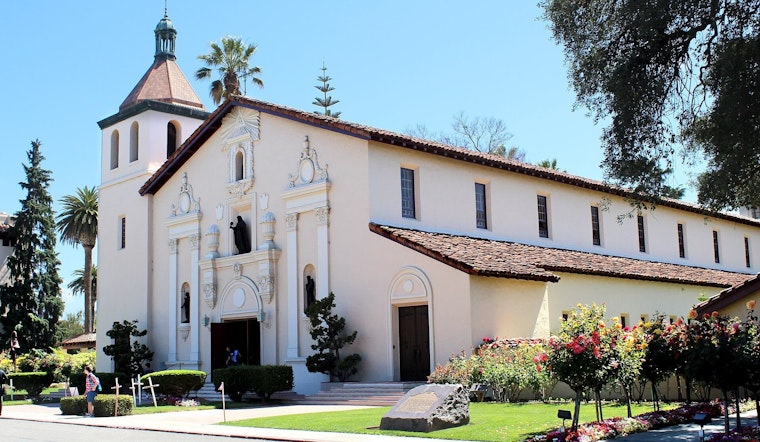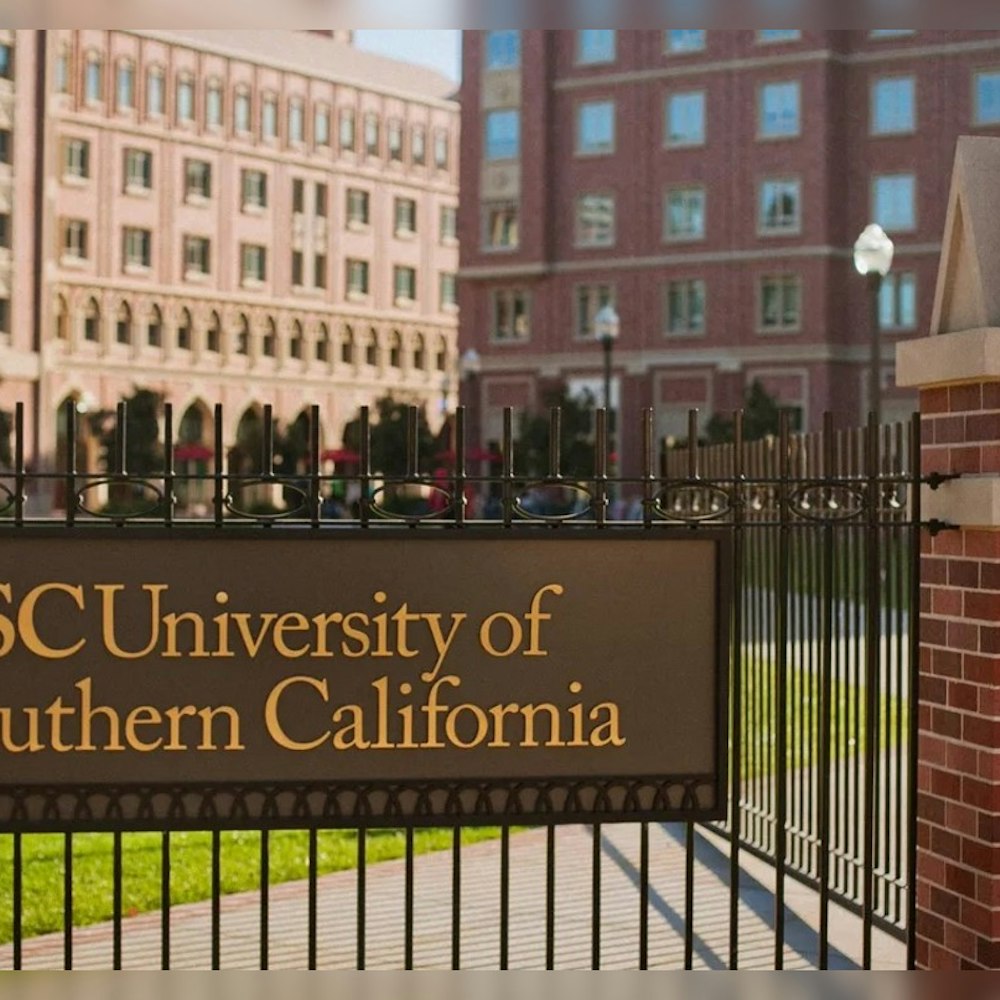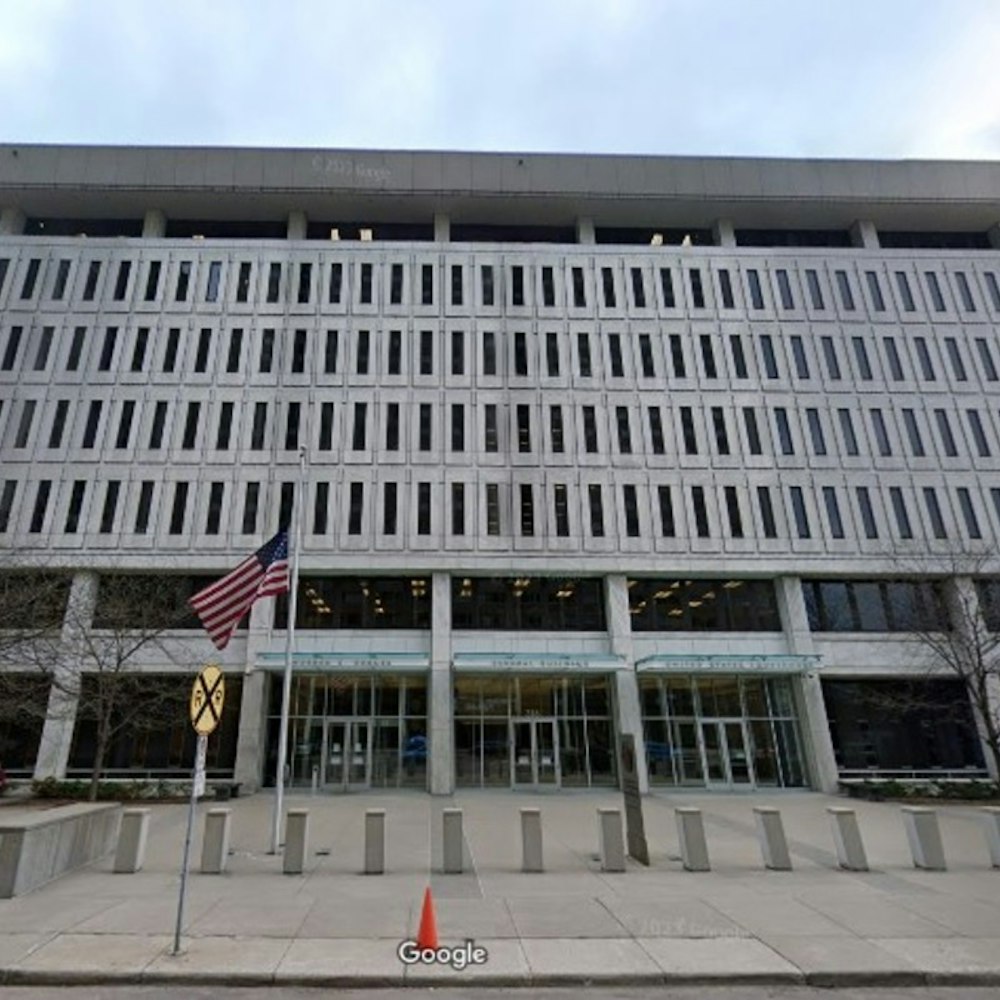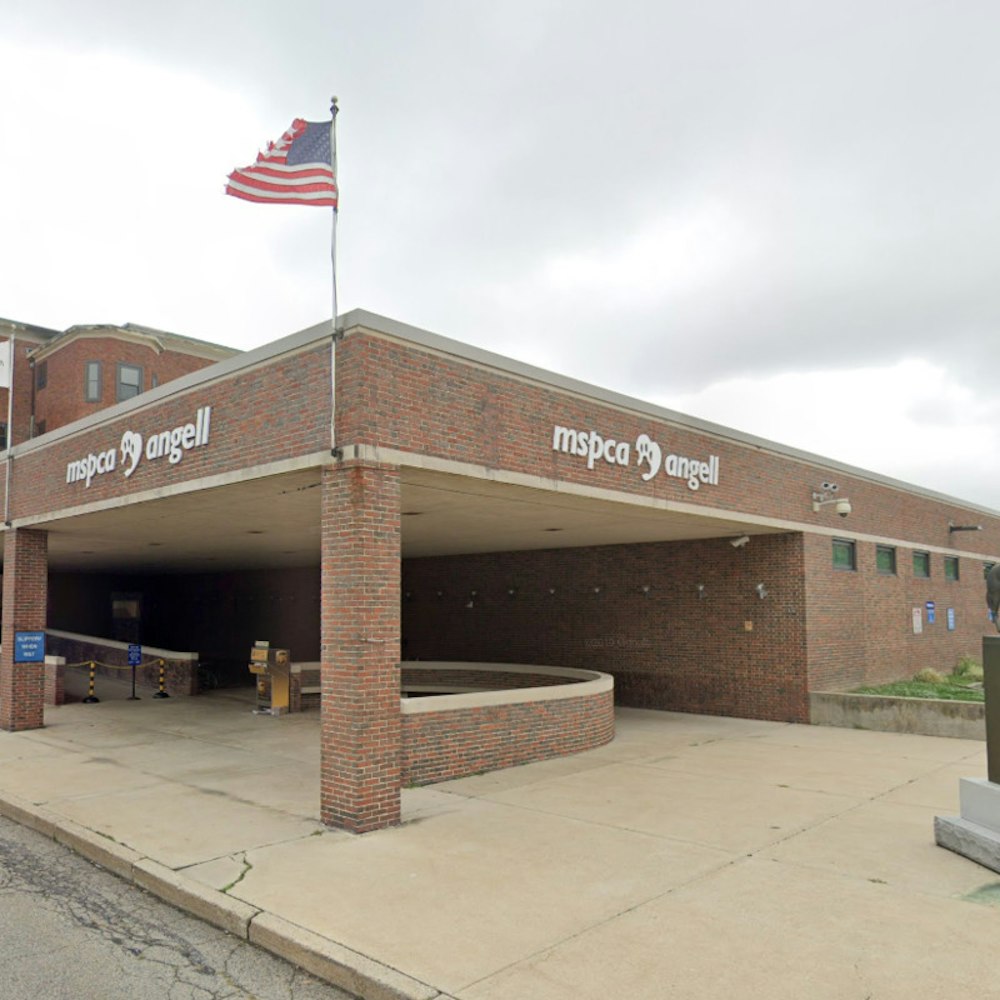
California has been experiencing a general trend of declining population, with many cities losing residents as a result. The reasons behind this trend are a hotly debated topic, ranging from conversations of taxes, crime rates, cost of living, and more than all else the booming work-from-home culture that was seeded by the pandemic; however, there are a few cities that have managed to push against this trend, and Santa Clara is one such example.
Over the past year, as the state's third largest city, San Jose, saw a decline of 0.5% in population, Santa Clara, the county's third largest city, experienced an impressive 1.54% growth in population, adding more than 2,000 residents and raising its total population to 132,476, according to the San Jose Spotlight's article on a report from CA's Department of Finance. It seems that one of the key factors behind this population boom is Santa Clara's dedication to expanding its housing stock, as well as a thriving economy anchored by data centers and tech giants.
Santa Clara, in fact, managed to add 2.6% to its housing stock in the past year, a number much larger than that of its neighboring city San Jose, which only added 0.5% with 1,686 homes. What's interesting is that about 90% of the new housing units in Santa Clara are in the form of multi-family housing like apartment complexes, which points toward a strategy to maximize housing availability for the increasing numbers of incoming residents. It appears that this approach is paying off, as fewer people are leaving the area and more continue to be drawn to the Silicon Valley city.
“If we build it they will come,” is a sentiment echoed by Russell Hancock, CEO of regional think tank Joint Venture Silicon Valley, in an interview with San José Spotlight, he believes this growth is attributable to Santa Clara's willingness to innovate vertically with more multi-family housing, a move that some other cities have been slow to adopt. But that's not the only factor contributing to Santa Clara's population increase; it's also home to major employers like Nvidia and Intel, and the city has been a popular destination for data center construction due in part to its cheaper city-owned electricity utility system.
Despite this economic growth, Santa Clara has admittedly lagged behind in providing sufficient housing to accommodate its expanding workforce. However, that may soon change, as Santa Clara Vice Mayor Suds Jain revealed that there are approximately 25,000 homes or apartments in the pipeline for the coming years, hoping to address the housing imbalance and reduce the high rental prices that have plagued the region, with one-bedroom apartments costing as much as $3,500 per month. Jain remains confident that by meeting and exceeding the state's housing goals, the city will be able to address the housing concerns still present for its existing and incoming residents.
Yet, what we are seeing in Santa Clara might just be the beginning; as a San Francisco Chronicle article points out, it is one of the fastest-growing cities in the Bay Area, with a population of 50,000 or more since early 2020. Contrary to Santa Clara's increasing population, other cities in the Bay Area like Sunnyvale have remained almost flat, with only a 0.03% decline in population. Consequentially, the housing boom in Santa Clara stands out as a possible key factor driving this population surge, and if current population and housing trends continue, the city could become a guiding example for other California cities to follow in order to revive population growth and maintain a thriving economy.

San Francisco might have turned the corner, too
Of course, no city's growth is guaranteed or permanent, and the Bay Area's overall population shift must be carefully monitored. As the Silicon Valley ecosystem continues to grow and adjust to new economic demands, companies and cities alike must adapt likewise. LinkedIn's Workforce Report, for instance, showed that San Francisco experienced a net in-migration in March 2023, indicating that the trend of people leaving the city might be slowing down. It will be interesting to observe how California cities such as Santa Clara and San Francisco continue to evolve in response to these changing times, and whether or not the recent population trends will sustain themselves over the coming years, in terms of housing expansion and economic opportunities.
For now, Santa Clara serves as a shining example of how cities can defy population declines and continue to grow as thriving hubs of technology, business, and sustainability. As we move forward into an uncertain future, it is important to keep a watchful eye on the evolving landscape of the California economy and the ever-changing dynamics of the state's numerous cities and the people who call them home. Only by understanding and learning from these examples can we hope to create a brighter future for all Californians.









